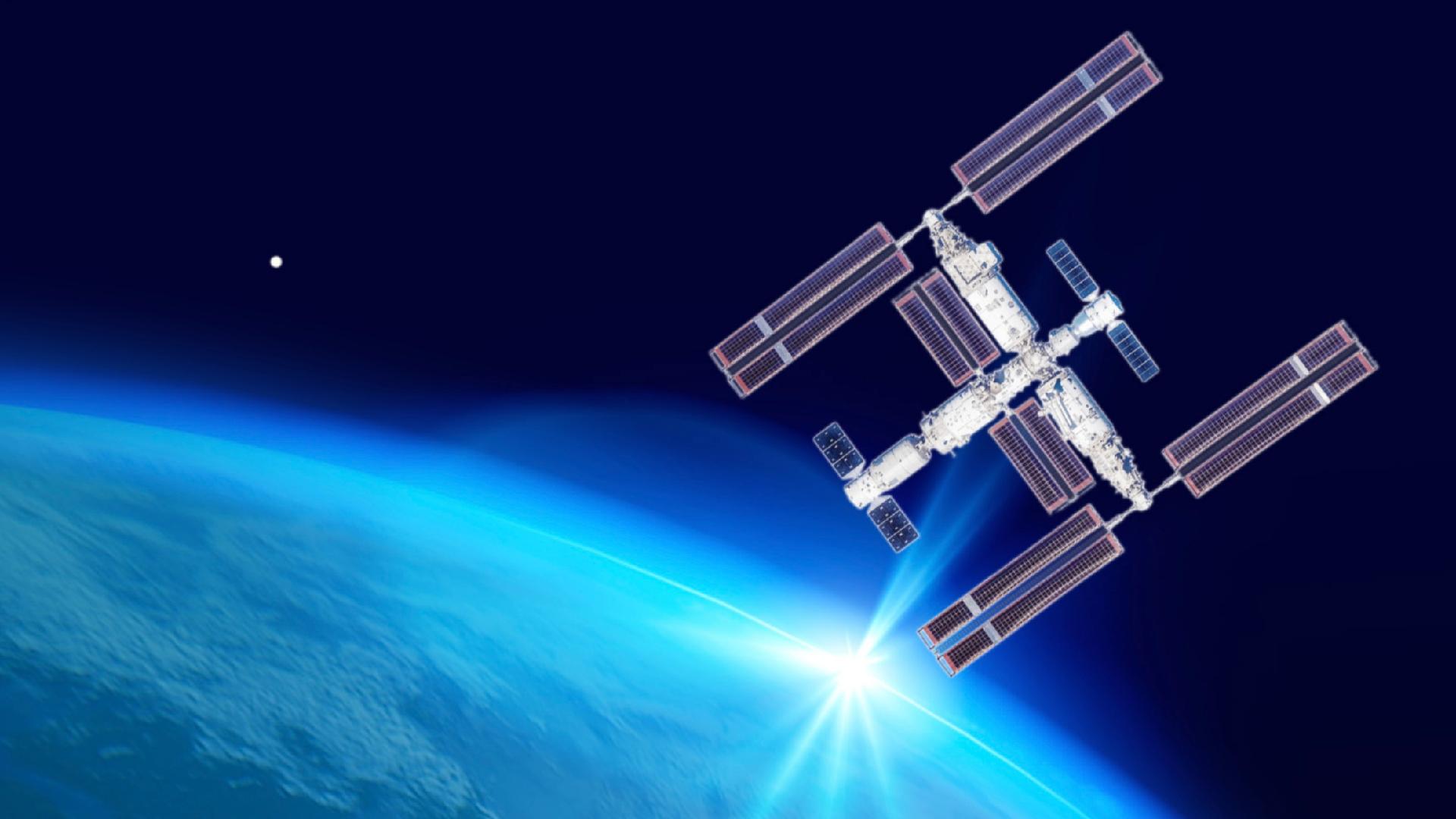China issues initial report on research and applications at its space station
China has unveiled its inaugural report detailing research and applications related to its space station. This comprehensive document provides insights into the findings and advancements achieved through various experiments conducted aboard the station, highlighting the significance of the research for both domestic and international scientific communities. The report underscores the contributions of the space station to fields such as astronomy, biology, and materials science, showcasing China's growing expertise and commitment to space exploration.

The report categorizes the accomplishments into three main areas: 13 results pertaining to space life and human research, 12 in microgravity physical science research, and nine focused on new space technology and application research.
Among the notable records highlighted are the first germplasm resources of rice and ratoon rice developed in space, as well as the first human embryonic stem cells differentiated into hematopoietic stem/precursor cells in microgravity.
Also included are significant milestones such as the world’s first cold atom interference gyroscope operating in space microgravity, the initial high-throughput in-orbit microbial control test platform, and the record for the longest-running water ecosystem in orbit.
These pioneering achievements stem from a total of 181 scientific and application projects conducted aboard China’s space station, as recorded up to December 1, 2024.
The research initiatives utilized nearly two tonnes of scientific materials sent to the station and involved approximately 100 types of experimental samples returned to Earth, culminating in the accumulation of over 300TB of scientific data.
The results are attributed to the efforts of 63 research teams across China, leading to the publication of more than 500 high-level SCI papers and the acquisition of over 150 patents.
Looking ahead, the China Manned Space Agency plans to undertake more than 1,000 research projects over the next 10 to 15 years, emphasizing active scientific outreach and international collaboration.
Since entering the application and development phase on December 31, 2022, China's space station has been operating effectively, completing several manned missions including four crewed flights, three cargo supply missions, and four spacecraft reentry missions.
Furthermore, five teams of Chinese taikonauts have either stayed or are currently stationed aboard the space station, with a total of 10 extravehicular activities conducted.
Additionally, candidates for the fourth cohort of Chinese taikonauts have now been confirmed.
Allen M Lee for TROIB News












